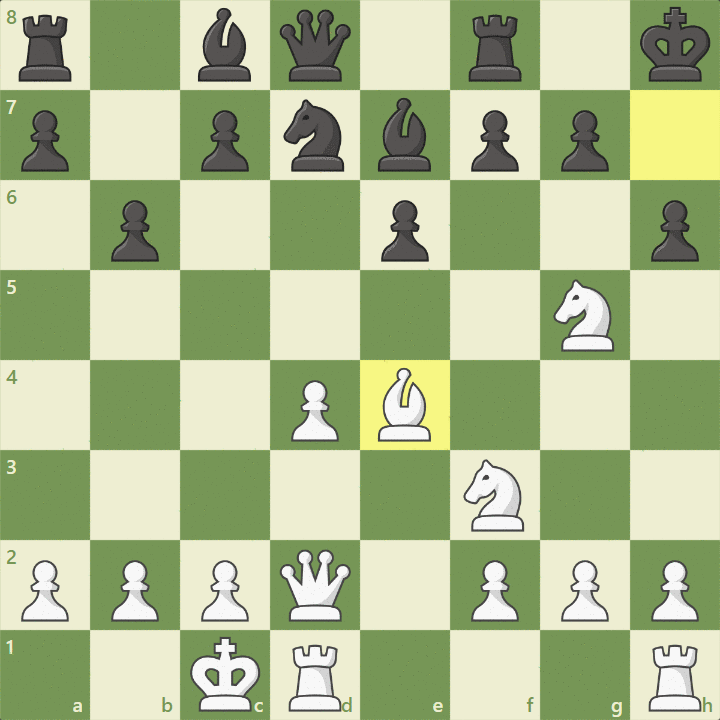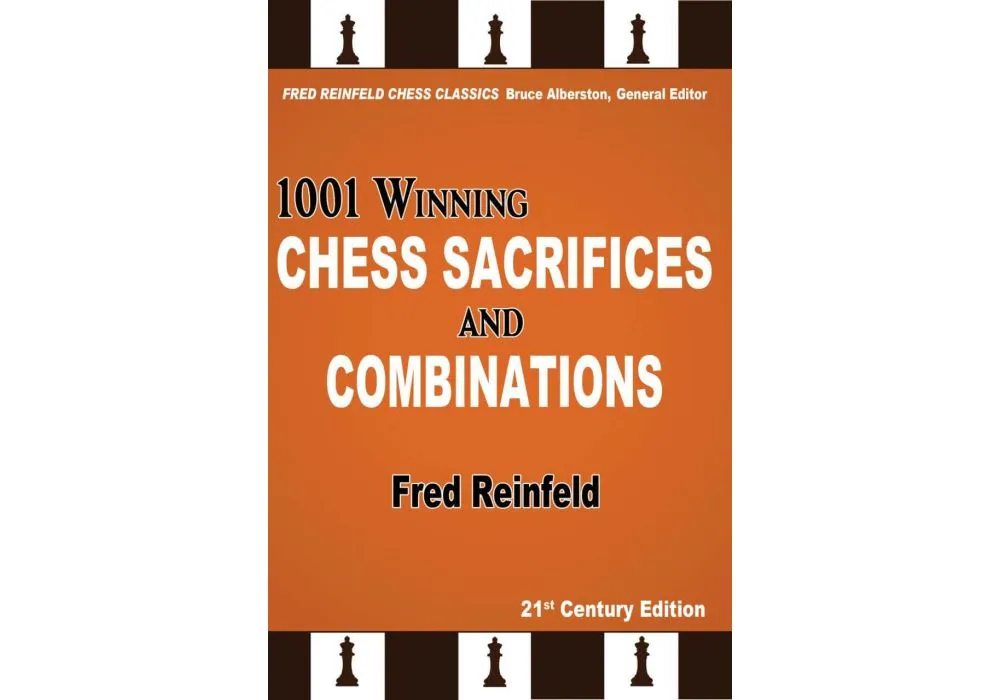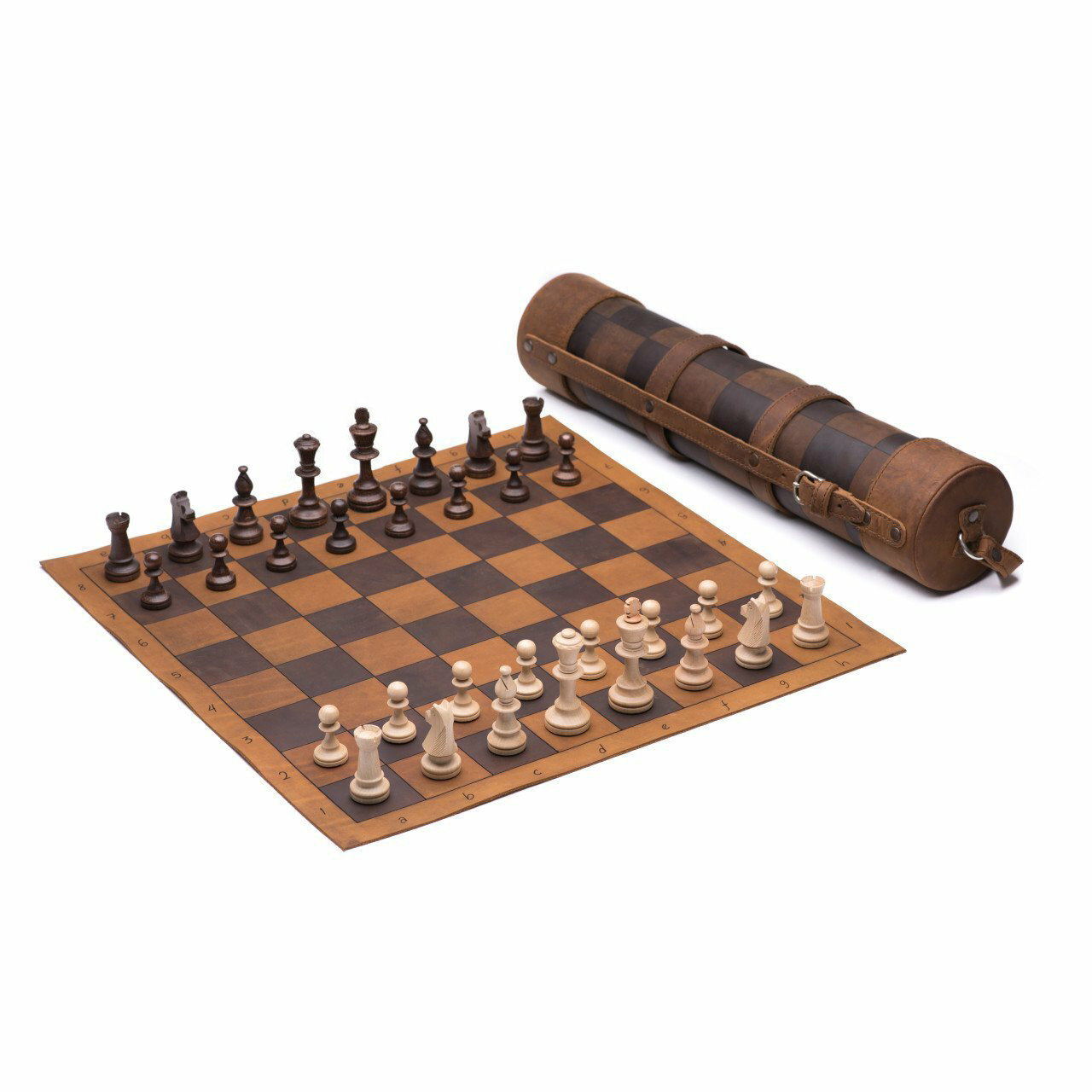Chess is a game of strategy where players aim to outwit their opponents through clever moves and tactics. Sacrificial combinations are a key aspect of chess that can lead to exciting and unexpected outcomes. In this article, we will explore some popular openings in chess that often involve sacrificial combinations.

Credit: www.chess.com
What are Sacrificial Combinations?
Sacrificial combinations in chess involve giving up material, such as a pawn or a piece, in exchange for gaining a strategic advantage. These sacrifices are often made to create threats, open up lines of attack, or force the opponent into a disadvantageous position. Sacrificial combinations require foresight, calculation, and a deep understanding of the game.
Popular Openings with Sacrificial Combinations
There are several popular openings in chess that are known for their sacrificial possibilities. Let’s take a look at some of them:
| Opening | Description |
|---|---|
| King’s Gambit | An aggressive opening where White sacrifices a pawn to gain control of the center and open lines for attack. |
| Queen’s Gambit Accepted | Black accepts the gambit pawn, allowing White to develop pieces rapidly and create threats. |
| Sicilian Defense | Black sacrifices a pawn to disrupt White’s pawn structure and create counterplay. |
| Scotch Game | An opening that often leads to tactical play with potential sacrifices to gain a positional advantage. |
Benefits of Sacrificial Combinations
Sacrificial combinations can provide several benefits to the player making the sacrifice. Some of these benefits include:
- Creating threats and putting pressure on the opponent.
- Opening up lines for attack and gaining control of key squares.
- Disrupting the opponent’s development and pawn structure.
- Gaining a time advantage by forcing the opponent to respond to the sacrifice.
Key Considerations for Sacrificial Combinations
When considering a sacrificial combination in a chess game, there are several key factors to keep in mind:
- Evaluating the potential benefits and risks of the sacrifice.
- Calculating the consequences of the sacrifice several moves ahead.
- Assessing the opponent’s possible responses and counterplay.
- Ensuring that the sacrifice aligns with the overall strategic goals of the game.

Credit: www.uscfsales.com
Examples of Sacrificial Combinations
Let’s take a look at some famous examples of sacrificial combinations in chess:
- Immortal Game: A game played by Adolf Anderssen and Lionel Kieseritzky in 1851, featuring a stunning queen sacrifice by Anderssen.
- Evergreen Game: A game played by Adolf Anderssen and Jean Dufresne in 1852, known for Anderssen’s sacrificial play leading to a brilliant checkmate.
- Opera Game: A game played by Paul Morphy and the Duke of Brunswick and Count Isouard in 1858, showcasing Morphy’s sacrificial skills.
Conclusion
Sacrificial combinations are an exciting and integral part of chess that can lead to thrilling games and unexpected victories. By understanding the principles behind sacrificial play and studying popular openings that involve sacrifices, players can enhance their strategic thinking and tactical skills on the chessboard. So, next time you sit down to play a game of chess, consider the potential for sacrificial combinations and embrace the thrill of strategic sacrifice!







